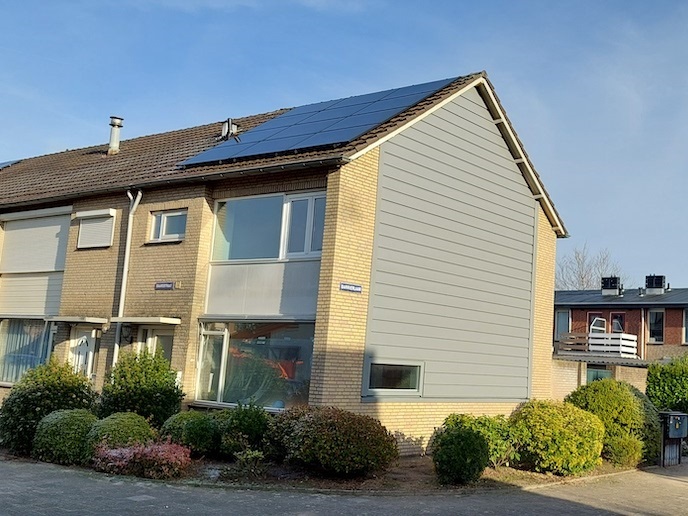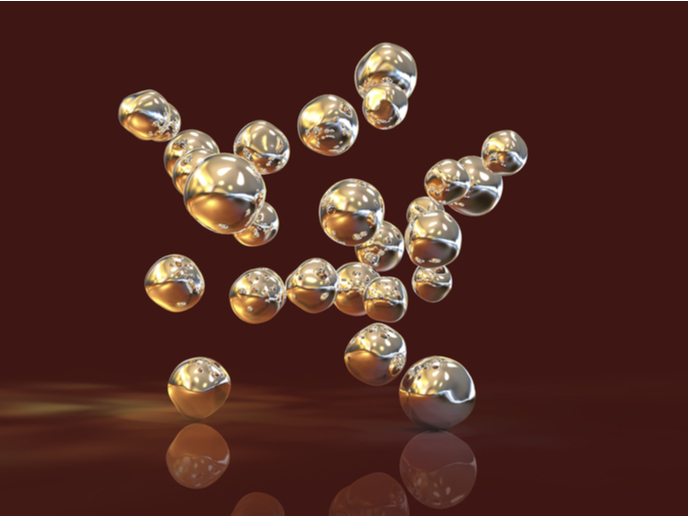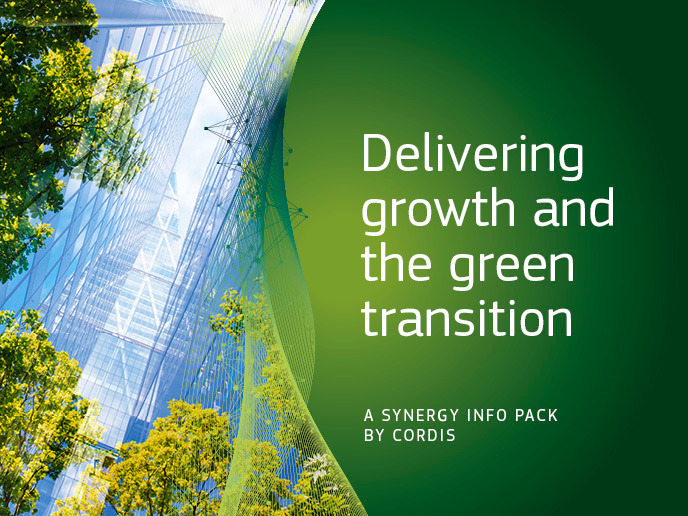Solar harvesting technology exploits building surfaces
While advances in solar energy technology are helping Europe to transition towards more sustainable forms of power generation, the full potential of this resource remains underexploited. “In the EU alone, there is around 60 billion m2 of unused facade surfaces available, and an equally large amount of roof space where solar energy could be generated,” says Envision(opens in new window) project manager Nicole Meulendijks from TNO(opens in new window) in the Netherlands. Furthermore, in the future, building energy requirements will need to be covered with locally generated sustainable energy, in order to further reduce CO2 emissions.
Fully integrated solar power generation
The EU-funded Envision project sought solutions to address these challenges in an energy-efficient and aesthetically pleasing manner. To do this, the project created a building renovation concept that fully integrates solar power generation into all building surfaces. Various solutions to extract solar energy and heat from the entire surface of buildings - the walls, roofs and even windows – were developed. This idea represents a break from the prevailing view of solar panels as being something that needs to be installed separately. “First, we focused on invisible facade elements capable of absorbing solar heat,” adds Meulendijks. “We then developed a flexible, modular facade concept with a click-on mounting system. Photovoltaic(opens in new window) solutions for positioning in glass were also trialled and validated.” Existing central heating systems were replaced by efficient and sustainable heat pumps, powered by electricity generated from solar panels. Full-scale demonstrations of this integrated system were carried out in a number of residential and office buildings.
Reduced environmental impact
Results from these demonstrations underline the potential economic and environmental benefits of fully harnessing solar energy in – and for – the built environment. The project team estimates that the technology could pay for itself within seven years or less. “We renovated a number of houses in Eindhoven, and Helmond, the Netherlands,” explains Meulendijks. “These buildings were provided with roof insulation, solar panels, a heat pump, and a heat harvesting facade, capable of absorbing a significant level of heat from solar radiation. Harvested energy was used to heat houses and provide hot water.” The full-scale demonstration of energy harvesting windows was performed in office buildings in Bischofshofen (Austria) and Enschede (the Netherlands). Systems for smartly distributing generated solar energy and heat, at both building and network level, to include existing networks and heating systems were developed and tested on the campus of the University of Genoa, in Italy. The decrease in primary energy consumption, increase in renewable energy and better energy efficiency will significantly help to reduce the environmental impact of buildings.
Full renovation facade concept
“We were able to demonstrate a full renovation concept that, for the first time, harvests energy from all building surfaces,” says Meulendijks. “These solutions harvest maximum amounts of solar energy, while simultaneously retaining the aesthetic and functional properties of the facade.” The project’s heat recovery facade has since been introduced onto the market through the joint venture Calosol(opens in new window) (website in German). The PV glass, developed by another project partner, will be brought onto the market shortly. The Envision project team is now looking to apply their technology with partners on future renovation and new-build projects. “There is also the possibility of connecting our heat harvesting facade elements and windows with an existing city or district heating network,” remarks Meulendijks. “This will be further investigated in the future.”







